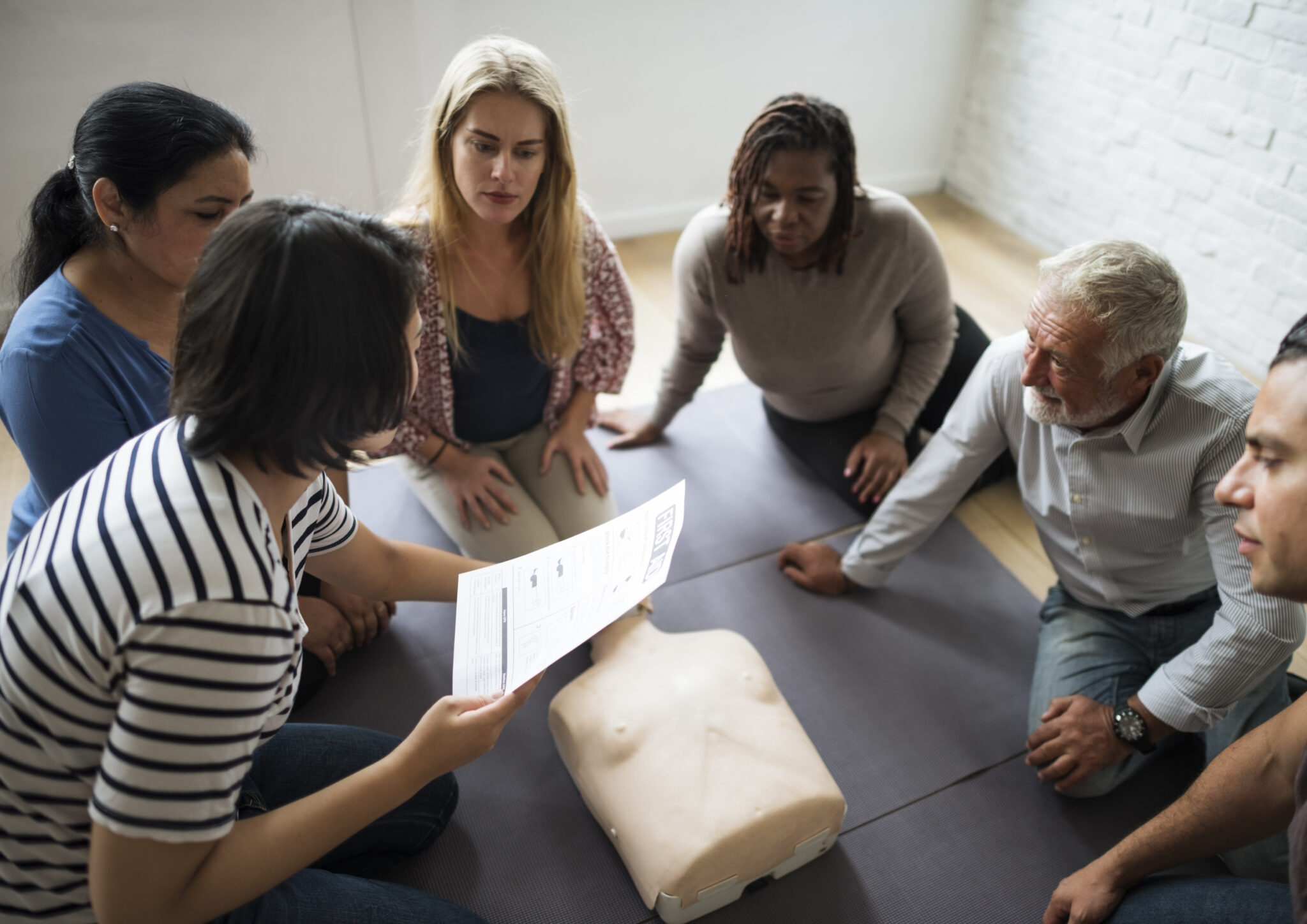Introduction
In today's hectic workplace, manual handling continues to be an important element of everyday procedures across numerous sectors. Whether you remain in a stockroom, a workplace, or a construction website, recognizing how to lift, lug, and relocate things appropriately can dramatically decrease the danger of injuries. Actually, bad manual handling techniques are among the leading causes of office accidents. To make certain security and effectiveness, every work environment ought to be outfitted with crucial tools that help with effective hand-operated handling. This article explores these devices thorough while also linking the relevance of first aid training for employees to ensure preparedness in instance of emergencies.
Essential Devices Every Office Ought To Have For Reliable Hand-operated Handling
Manual handling includes numerous tasks, including lifting, pushing, drawing, bring, or relocating items by hand or physical force. The efficiency and security of these activities can be greatly improved with the right tools and training.
Here's a better consider some important devices:
1. Lifting Equipment
1.1 Forklifts
Forklifts are important in storehouses and producing settings where heavy products need to be moved quickly and successfully. They decrease physical pressure on employees.
1.2 Pallet Jacks
Pallet jacks are best for relocating palletized products around the workplace easily. They come in manual and electrical variations catering to different needs.
1.3 Hoists
Hoists help lift heavy items up and down with marginal human effort. They are specifically helpful in settings where things should be lifted from heights.
2. Personal Safety Equipment (PPE)
2.1 Safety Gloves
Wearing gloves can give hold while protecting hands from cuts and abrasions when managing sharp or harsh materials.

2.2 Steel-Toed Boots
These boots protect feet from dropping objects and supply much better grip on slippery surfaces.
2.3 Back Support Belts
Back assistance belts can aid advise staff members to maintain proper position while lifting.
3. Training Programs
3.1 Handbook Handling Training
Regular training sessions should cover risk-free lifting techniques, posture upkeep, and the correct use equipment.
3.2 First Aid Training
Having staff members learnt first aid is crucial for any type of workplace as it guarantees quick reactions to accidents or health and wellness emergencies.
4. Ergonomic Tools
4.1 Adjustable Workstations
These enable employees to alter their working height according to their comfort level which reduces stress during repeated tasks.
4.2 Ergonomic Raising Devices
Tools like flexible hoists or lifts developed specifically for ergonomic usage can considerably lower the danger of injury.
5. Appropriate Storage Solutions
5.1 Shelving Units
Sturdy shelving units help maintain things off the ground at waistline height, minimizing the need for excessive flexing or reaching.
5.2 Storage space Containers and Containers
Properly identified storage remedies make locating items much easier without unneeded searching that could cause unpleasant lifting positions.
6. Signs and Recognition Campaigns
Clear signs around workstations can educate staff members concerning risk-free handling techniques in addition to emergency procedures such as CPR methods based upon DRSABCD guidelines.
FAQ Section
1. What is hand-operated handling?
Manual handling describes any kind of activity that calls for using pressure to raise, lower, push, pull, carry cpr course refresher or move an object by hand or physical force.
2. Why is first aid training essential in workplaces?
First aid training furnishes employees with skills needed to react properly during emergencies such as injuries as a result of inappropriate hands-on handling practices.

3. Just how usually need to manual managing training occur?
It is advised that offices perform manual managing training yearly or whenever there is a modification in treatments or personnel.
4. What is DRSABCD?
DRSABCD represents Risk Response Send for help Air passage Breathing CPR Defibrillation - a systematic technique utilized during clinical emergencies like heart attack circumstances requiring CPR knowledge.

5. Can ergonomic devices stop injuries?
Yes! Ergonomic tools are especially made to decrease strain on muscular tissues and joints; thus decreasing injury threats associated with repetitive tasks.
6. Just how can I discover first aid training courses near me?
You can look online using terms like "first aid training course near me" or check neighborhood community centers which frequently offer training courses at various degrees including psychological wellness first aid courses.
Conclusion
Effective hands-on handling is not nearly having the right tools but likewise concerning cultivating a society of safety with continual education and recognition programs like first aid training and Have a peek at this website specialized workshops on appropriate strategies such as DRSABCD protocols for emergencies including CPR circumstances to name a few stated above throughout this write-up labelled "Vital Devices Every Workplace Need To Have For Effective Handbook Handling". Investing time right into understanding just how ideal to manage both tools usage together with staff member preparedness will eventually profit your company's efficiency while safeguarding against possible dangers that originate from poor prep work within any working environment today!
Incorporating these necessary tools into your workplace will certainly not only improve operational effectiveness but likewise cultivate a risk-free working environment where workers really feel valued and protected.